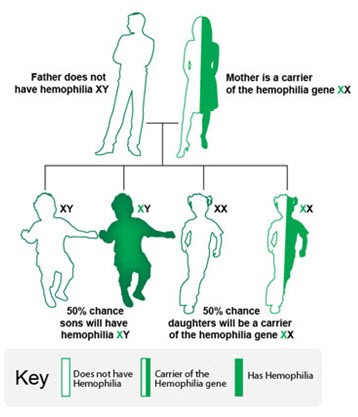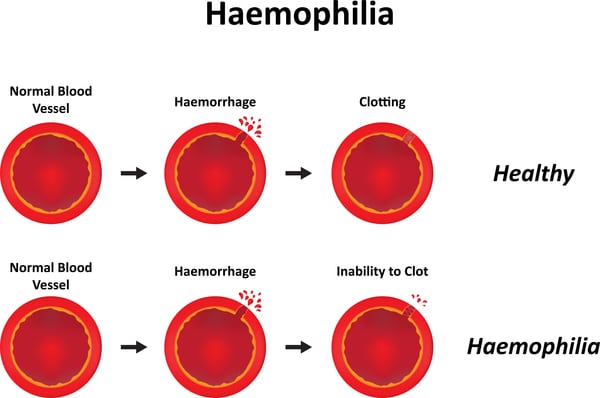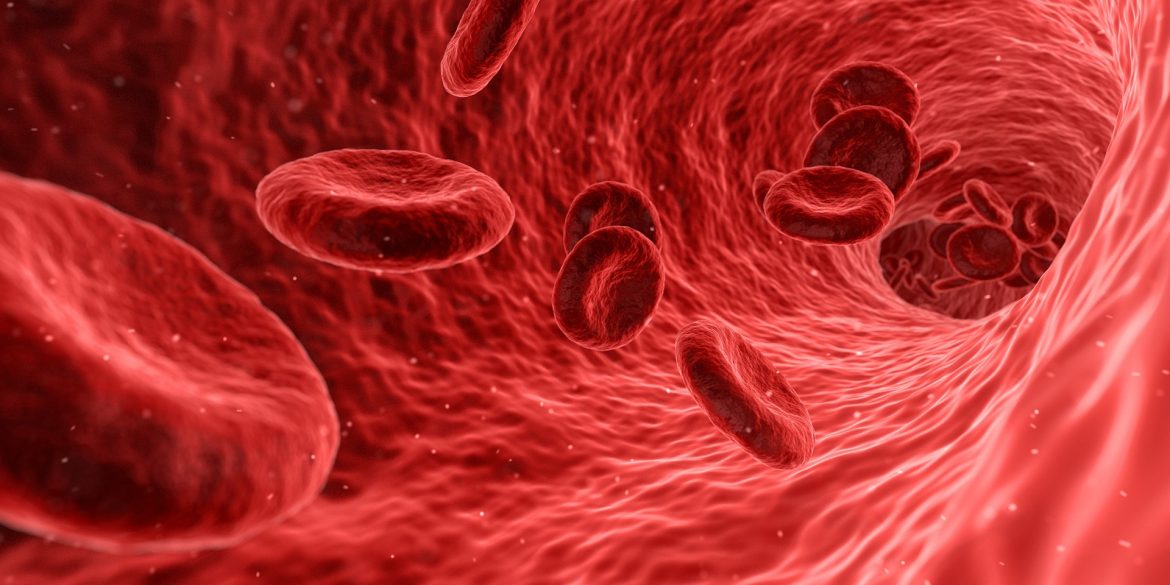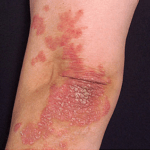What is Haemophilia ?
Hemophilia is usually an inherited bleeding disorder in which the blood does not clot properly. This can lead to spontaneous bleeding as well as bleeding following injuries or surgery. Blood contains many proteins called clotting factors that can help to stop bleeding.
Overview
Hemophilia is a rare disorder in which the blood doesn’t clot in the typical way because it doesn’t have enough blood-clotting proteins (clotting factors). If you have hemophilia, you might bleed for a longer time after an injury than you would if your blood clotted properly.
Small cuts usually aren’t much of a problem. If you have a severe form of the condition, the main concern is bleeding inside your body, especially in your knees, ankles and elbows. Internal bleeding can damage your organs and tissues and be life-threatening.
Hemophilia is almost always a genetic disorder. Treatment includes regular replacement of the specific clotting factor that is reduced. Newer therapies that don’t contain clotting factors also are being used.
Causes of Haemophilia

The X chromosome contains many genes that are not present on the Y chromosome. This means that males only have one copy of most of the genes on the X chromosome, whereas females have 2 copies. Thus, males can have a disease like hemophilia if they inherit an affected X chromosome that has a mutation in either the factor VIII or factor IX gene. Females can also have hemophilia, but this is much rarer. In such cases both X chromosomes are affected or one is affected and the other is missing or inactive. In these females, bleeding symptoms may be similar to males with hemophilia.
A female with one affected X chromosome is a “carrier” of hemophilia. Sometimes a female who is a carrier can have symptoms of hemophilia. In addition, she can pass the affected X chromosome with the clotting factor gene mutation on to her children. Learn more about the inheritance pattern for hemophilia.
Even though hemophilia runs in families, some families have no prior history of family members with hemophilia. Sometimes, there are carrier females in the family, but no affected boys, just by chance. However, about one-third of the time, the baby with hemophilia is the first one in the family to be affected with a mutation in the gene for the clotting factor.
Hemophilia can result in:
- Bleeding within joints that can lead to chronic joint disease and pain
- Bleeding in the head and sometimes in the brain which can cause long term problems, such as seizures and paralysis
- Death can occur if the bleeding cannot be stopped or if it occurs in a vital organ such as the brain.
Signs and Symptoms
Common signs of hemophilia include:
- Bleeding into the joints. This can cause swelling and pain or tightness in the joints; it often affects the knees, elbows, and ankles.
- Bleeding into the skin (which is bruising) or muscle and soft tissue causing a build-up of blood in the area (called a hematoma).
- Bleeding of the mouth and gums, and bleeding that is hard to stop after losing a tooth.
- Bleeding after circumcision (surgery performed on male babies to remove the hood of skin, called the foreskin, covering the head of the penis).
- Bleeding after having shots, such as vaccinations.
- Bleeding in the head of an infant after a difficult delivery.
- Blood in the urine or stool.
- Frequent and hard-to-stop nosebleeds.
Types of hemophilia
There are two major types of hemophilia — type A and type B. Both A and B can be:
- Mild: Approximately 25% of cases are mild. A person with mild hemophilia has factor levels of 6–30%.
- Moderate: Approximately 15% of cases a moderate, and a person with moderate hemophilia will have factor levels of 1–5%.
- Severe: Approximately 60% of cases are severe, and people with severe hemophilia will have factor levels of less than 1%.
Hemophilia A occurs due to a lack of clotting factor VIII. This type of hemophilia is four times more common than hemophilia B. Of those, more than half of people with hemophilia A have the severe form.
Hemophilia B, colloquially known as Christmas disease, happens due to a lack of clotting factor IX. Hemophilia B occurs in around 1 in every 25,000 males born worldwide.
Treatment for hemophilia

The main treatment for severe hemophilia involves replacing the clotting factor you need through a tube in a vein.
This replacement therapy can be given to treat a bleeding episode in progress. It can also be given on a regular schedule at home to help prevent bleeding episodes. Some people receive continuous replacement therapy.
Replacement clotting factor can be made from donated blood. Similar products, called recombinant clotting factors, are made in a laboratory, not from human blood.
Other therapies include:
- Desmopressin. In some forms of mild hemophilia, this hormone can stimulate the body to release more clotting factor. It can be injected slowly into a vein or used as a nasal spray.
- Emicizumab (Hemlibra). This is a newer drug that doesn’t include clotting factors. This drug can help prevent bleeding episodes in people with hemophilia A.
- Clot-preserving medications. Also known as anti-fibrinolytics, these medications help prevent clots from breaking down.
- Fibrin sealants. These can be applied directly to wound sites to promote clotting and healing. Fibrin sealants are especially useful for dental work.
- Physical therapy. It can ease signs and symptoms if internal bleeding has damaged your joints. Severe damage might require surgery.
- First aid for minor cuts. Using pressure and a bandage will generally take care of the bleeding. For small areas of bleeding beneath the skin, use an ice pack. Ice pops can be used to slow down minor bleeding in the mouth.


